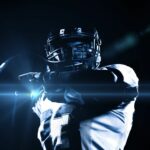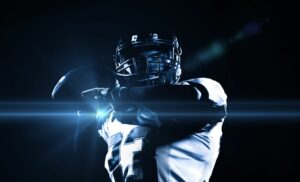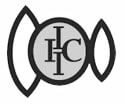
As many of us are just recuperating this week from the Super Bowl fun, we thought it would be interesting to touch upon pro athletes and how they handle vision and LASIK.
It’s pretty obvious that good vision is vital to an elite athlete’s performance. They need it for their job and the better he or she can see, the better they perform!
Let’s think about Tom Brady’s job requirements. He needs to scan the field with his peripheral vision, identify defensive shifts or blitzes, find his wide receiver, throw the ball accurately, and try to avoid being crushed by defensive linemen.
As a quarterback, Tom’s eyes are always calculating the distance he needs to throw the ball, the depth, and also assessing all of the very fast-moving teammates and opponents around him.
His vision is basically responsible for the decisions that would get that football down the field for a touchdown or an interception that can essentially cause his team to lose.
He needs accuracy of vision (called visual acuity), an in-focus peripheral visual field, and excellent depth perception (also called stereopsis).
We read a recent article by the American Refractive Surgery Council about how Jameis Winston, the New Orleans Saints’ back-up QB decided to have LASIK in the off-season, and Charvarius Ward from Kansas City has, too. Someone we are familiar with from last week’s Superbowl, Devon White, the linebacker for the Tampa Bay Buccaneers, also chose LASIK.
Interested in other athletes who have undergone laser vision correction? Here is a quick list: Carson Wentz, Tiki Barber, Kirk Cousins (all from the NFL) and other pro athletes like LeBron James, Wilson Ramos, and Chris Paul.

Just like us, some athletes’ eyes are not prime for LASIK, and they have to choose other methods of laser vision correction since they are not candidates. Regardless of the method of laser vision correction, many of these athletes pursue vision correction because glasses, contacts, or goggles can all be a potential hazard or cause them to be at a disadvantage in their day-to-day jobs.
Whether you’re an athlete or just sitting in the stands cheering like one of us, we all have to go through the same steps for LASIK or laser vision correction. Here are our suggestions:
- First, you should do your research. Find a surgeon you think is best suited for your procedure based upon experience and training.
- Second, schedule a full eye exam with that surgeon. This exam will determine whether you are a candidate for LASIK, or what your options would be for laser vision correction procedures. This visit is to help ensure the eye is healthy for moving forward and stable for best accuracy. No human eye is ever mechanically perfect, but chasing the best possible results is what inspires the best surgeons.
- Third, you will discuss your results from this exam and determine the benefits and risks of all potential procedures.
- Last but not least, you will hopefully end up with a date to schedule your exciting laser vision correction procedure!
Athletes have to wait until their “off season” to be able to have LASIK…what is your off season? Since most of us do not really have one, the great news is most laser vision correction procedures don’t require too much down time, so scheduling work around the procedure is pretty simple.
Call us today at 713-626-5544 or write us at info@visiontexas.com to schedule your FREE LASIK evaluation at Slade & Baker Vision, and we can discuss with you how to plan your very brief ‘off-time’!





